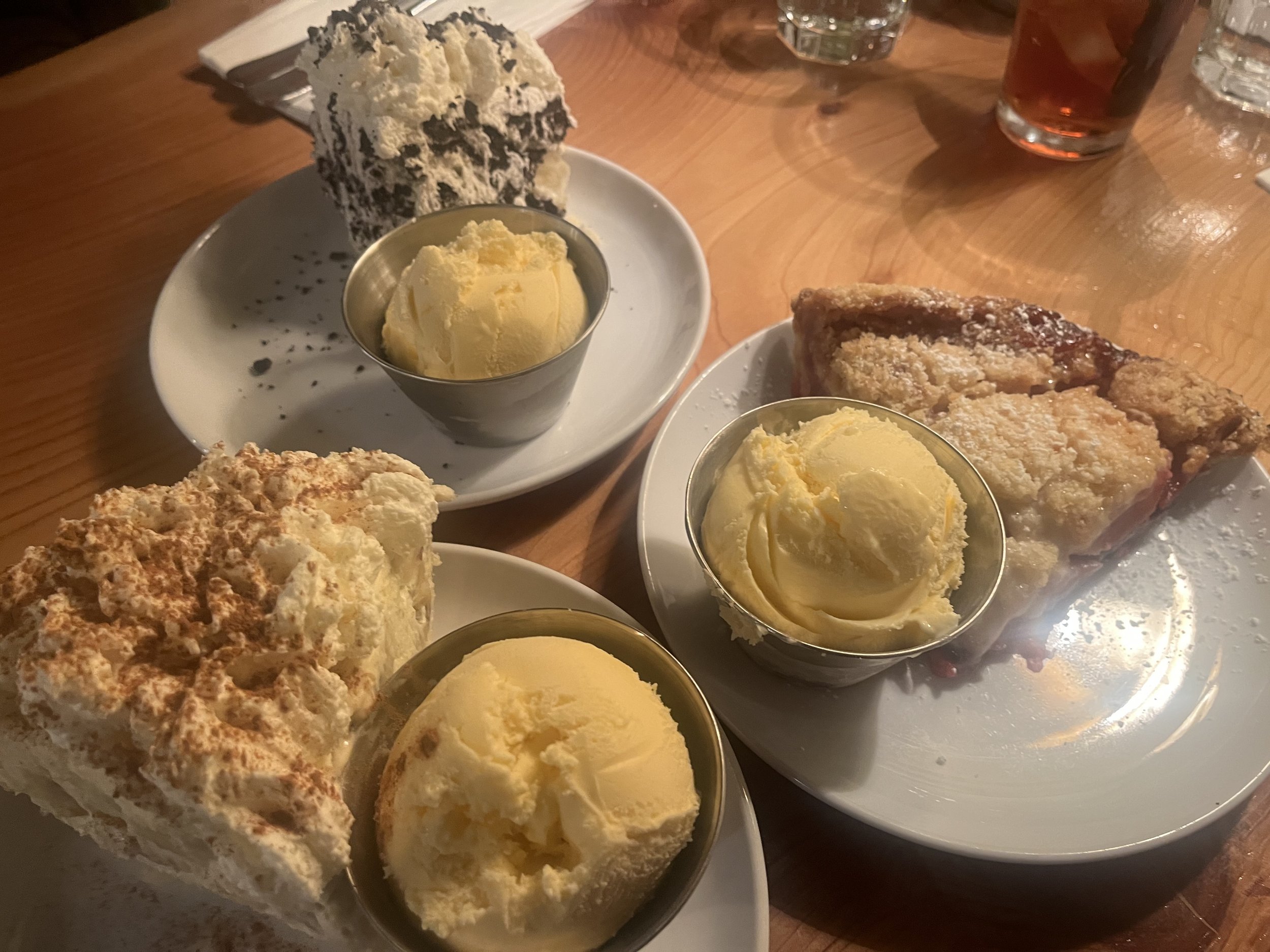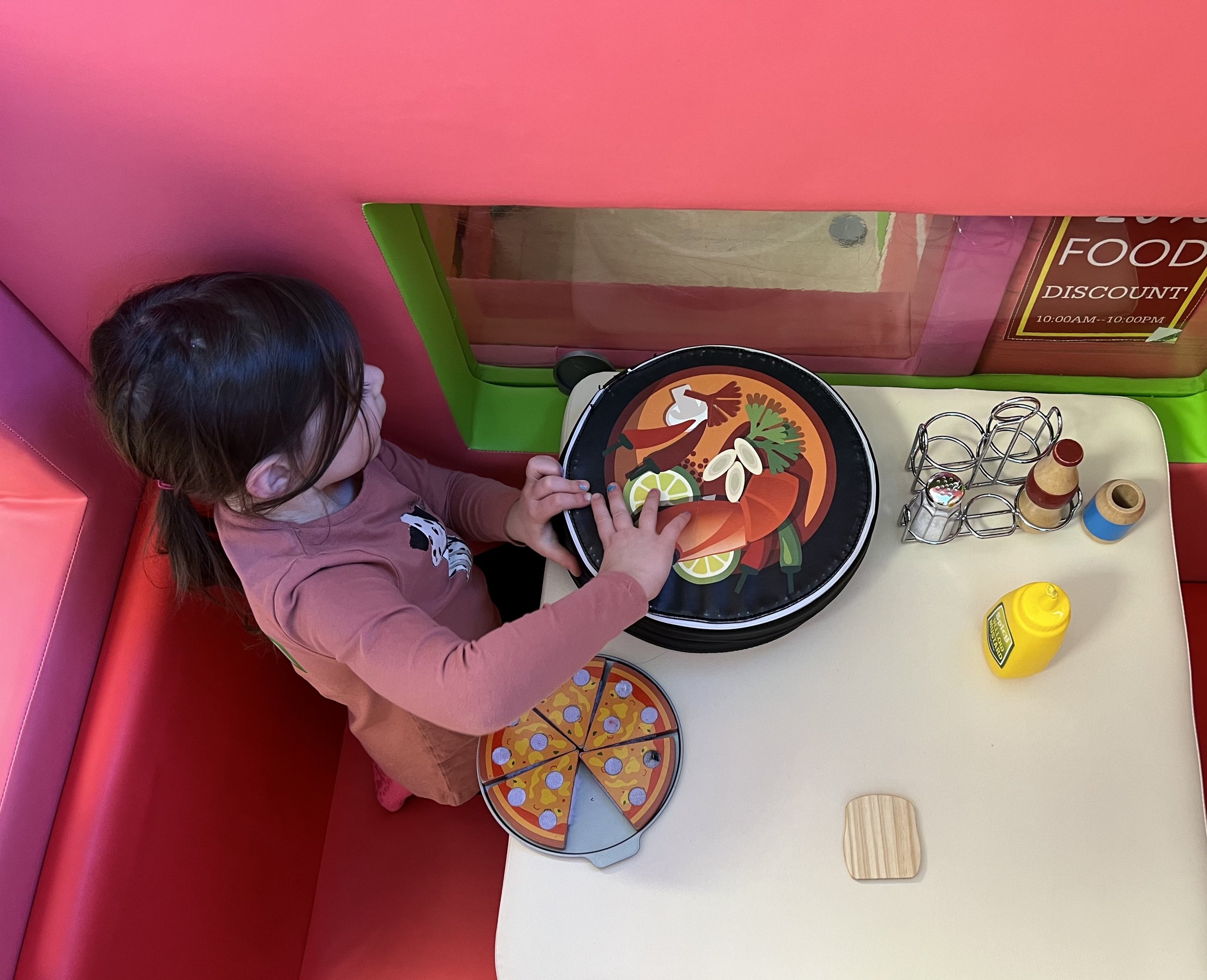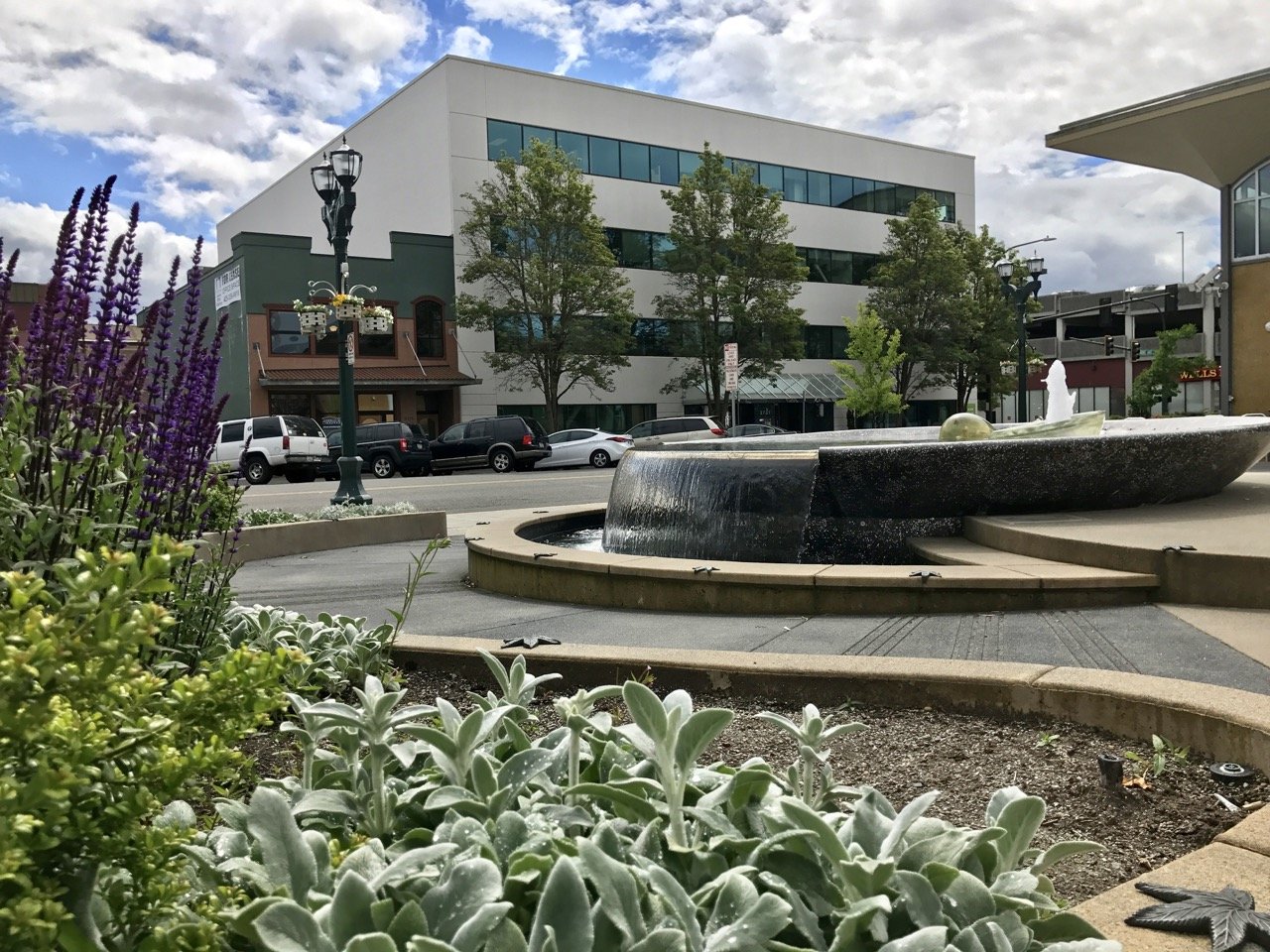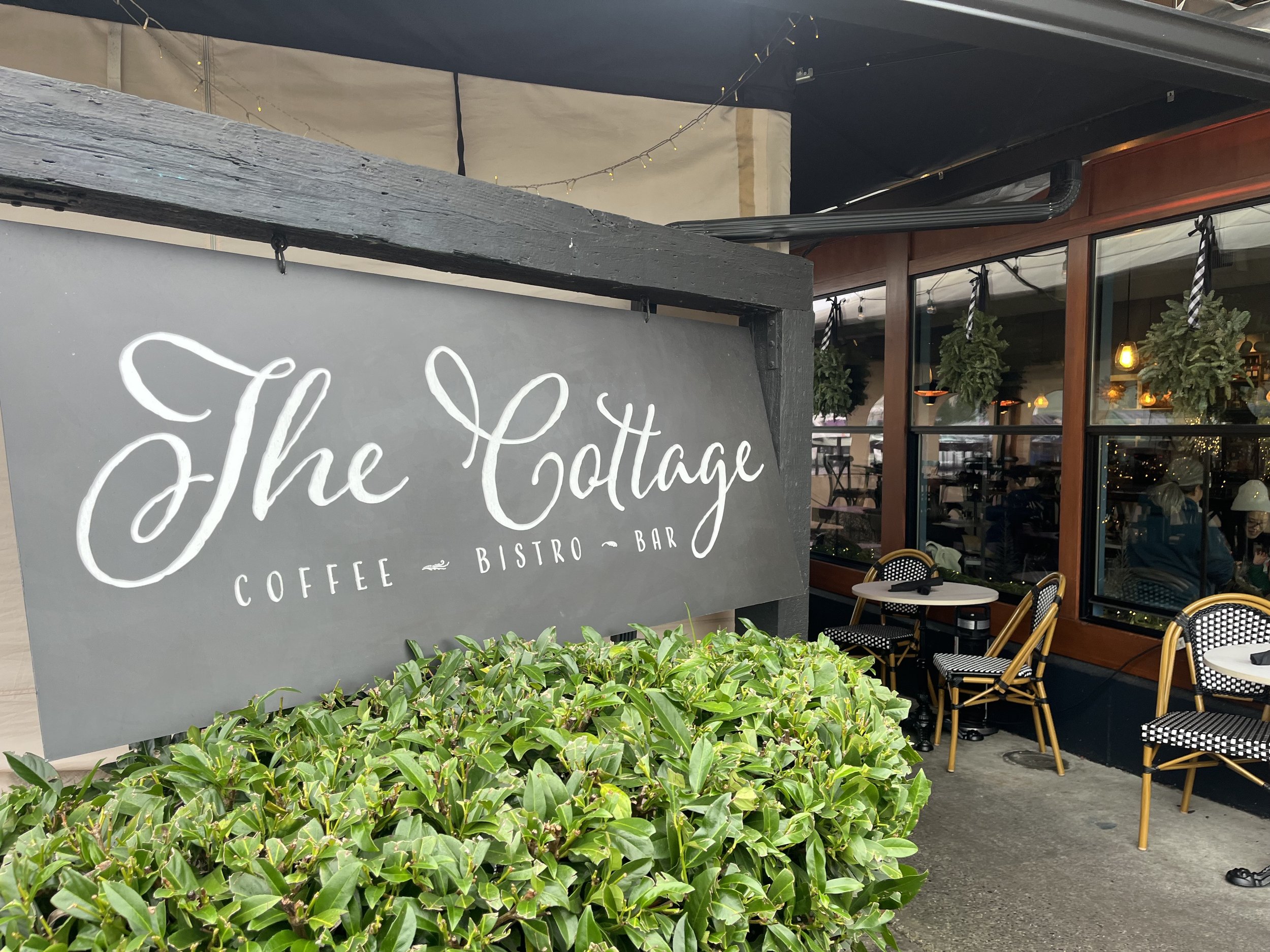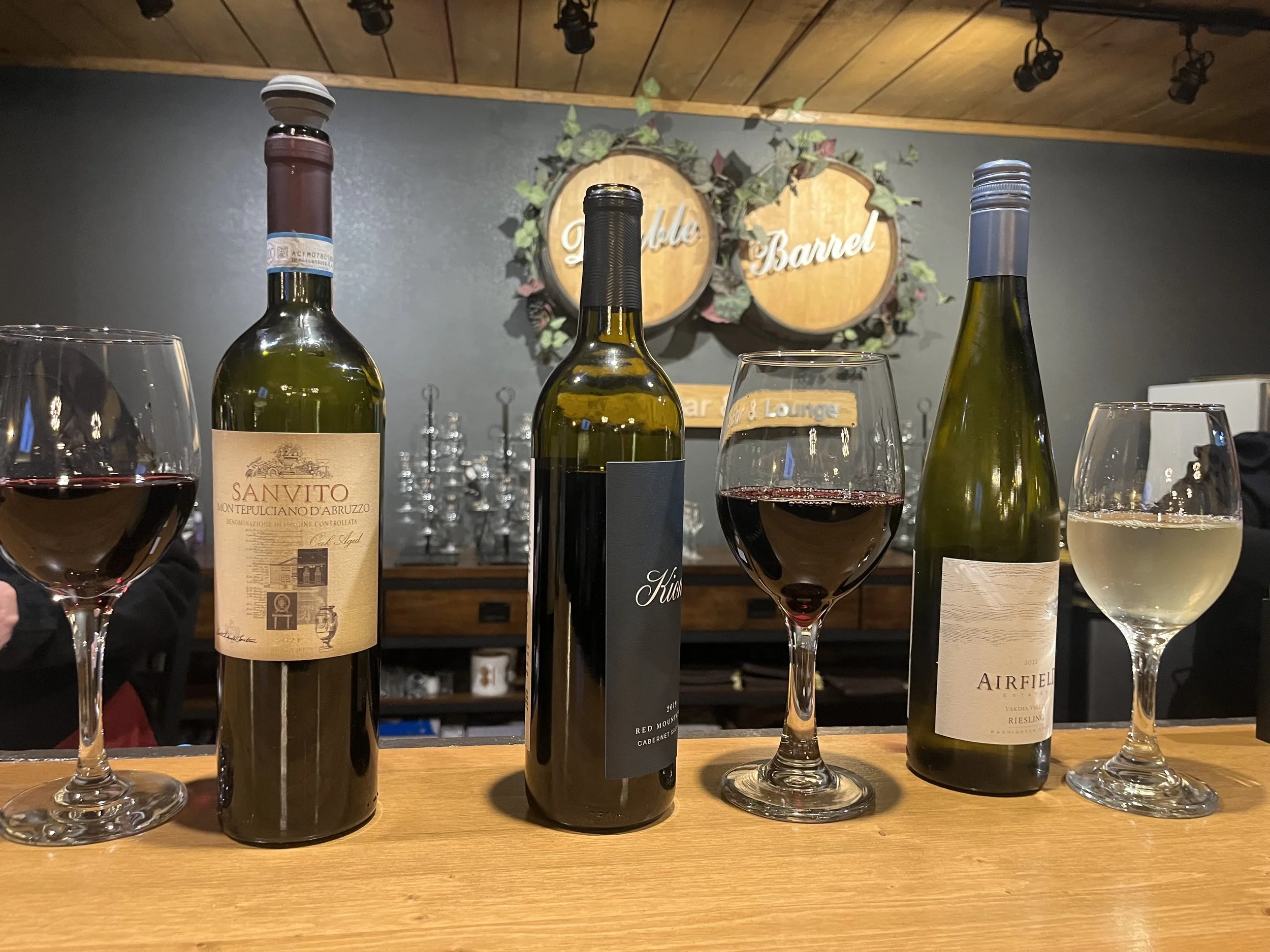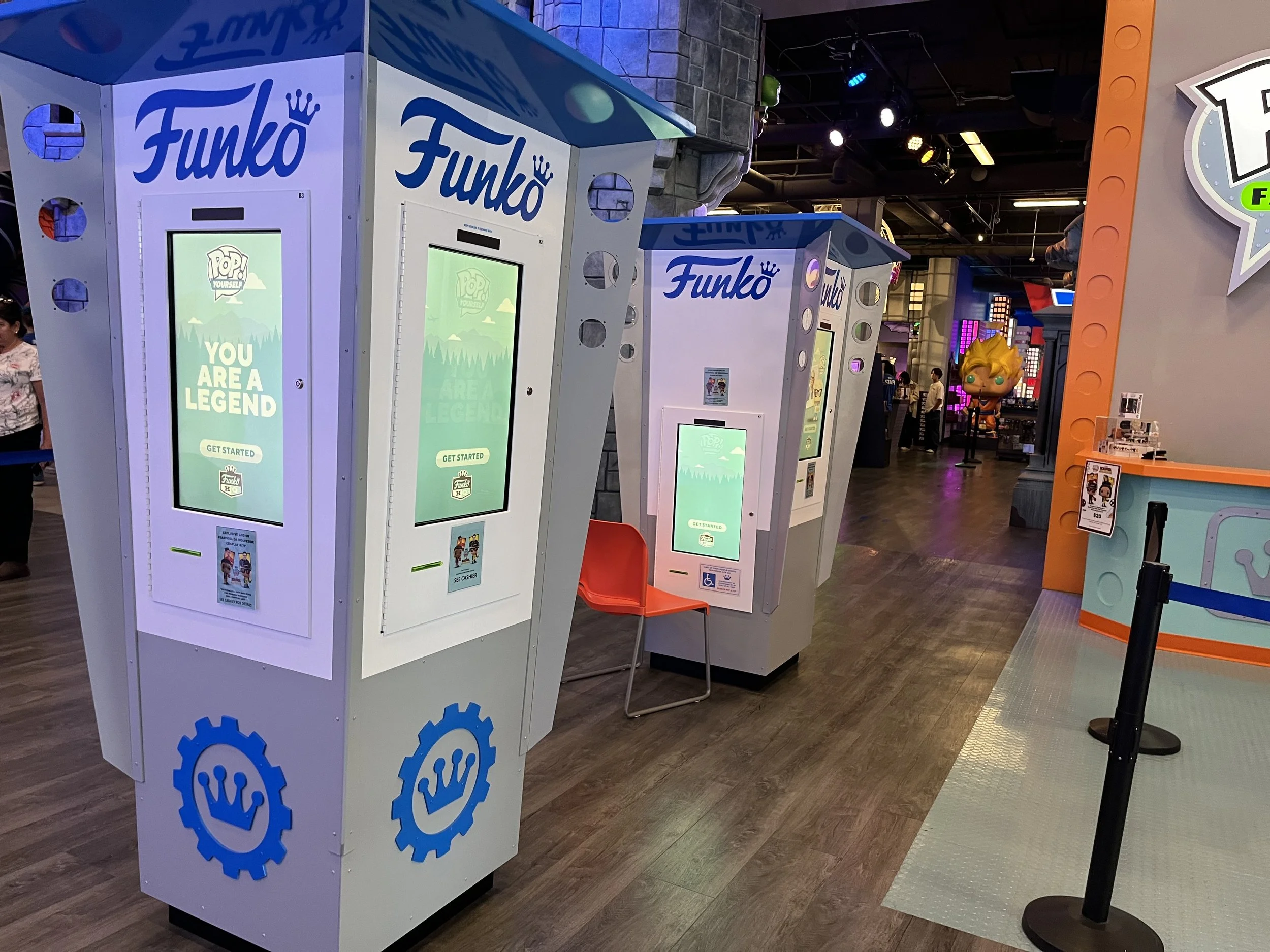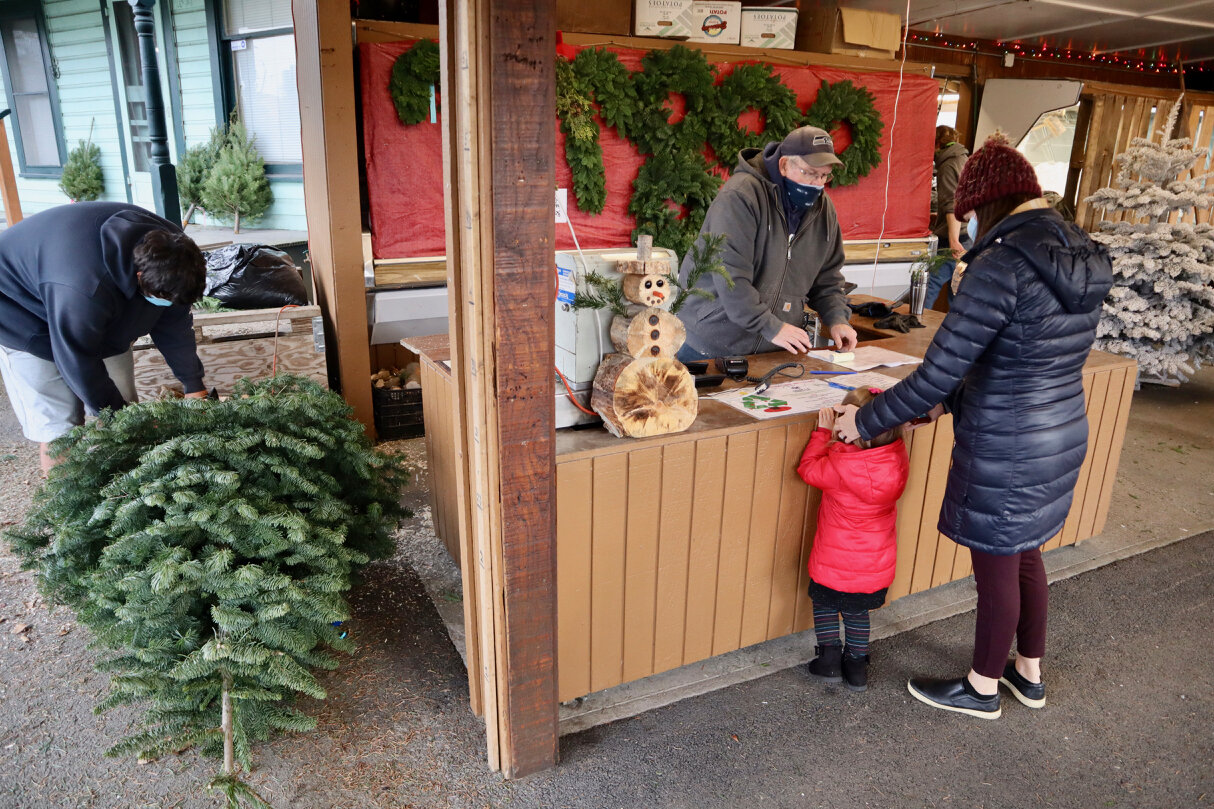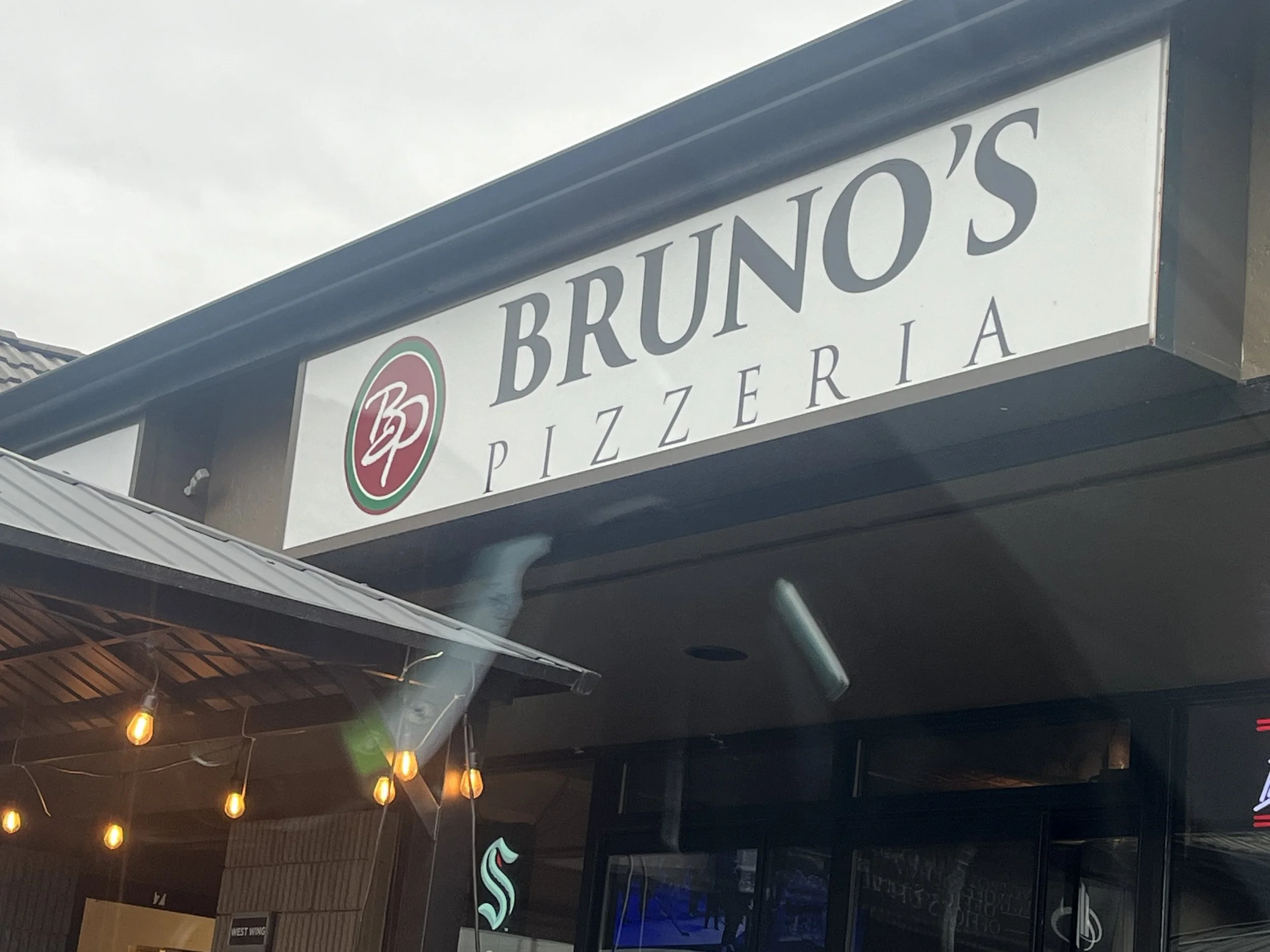Header image: Pro tip: freeze items individually on a cookie sheet for ease of use later // Molly Deardorff
Hello Everett gardeners! How’s that garden growing?
I imagine because you’ve been following gardening advice from Everett’s finest gardeners here on Live in Everett all year (see end of post for links), you undoubtedly have a cornucopia of produce this season. Eating fresh from your garden is the best, but what about preserving or saving some of this year’s bounty for the non-gardening months?
Editor’s Note: It seems Ms. Deardorff knows her stuff // Molly Deardorff
Techniques of preserving food have been around a long time. Smoking, drying, and fermenting are traditional methods still used today. Canning and freezing are more recent, but probably more likely for us modern gardeners. Through years of trial and error, I’ve settled on some favorite, and not so favorite preservation techniques that I would like to share.
Canning
Canning is a great skill to have but it’s not for every home preserver and it’s not for every food. As a preservation tool, it’s a lot of work and must be done correctly or can lead to poisoning or spoilage. Vegetables must be canned under pressure (no, you can’t use your Instant Pot) and frankly I don’t think the end product is worth the effort.
However, canning excels for prepared foods high in sugar or acid such as jams, applesauces, spaghetti sauces or pickles (more about this later). Canning is also preferred if you are in a location where your power supply might be interrupted for several days.
Drying tomatoes // Molly Deardorff
Freezing
Freezing is my go-to. Delicate veggies such as kale, spinach, peas, and broccoli that can’t (or shouldn’t) be canned can be frozen with little effort and will retain much of their original flavor for a year or longer in the freezer. Fruits can be frozen without the added sugar that’s required with canning.
Most veggies and some fruits should be blanched (briefly boiled) before freezing. Peppers and onions can be chopped and frozen without blanching and used a handful at a time for stir fries and omelets. I even freeze my spaghetti sauces. For best results, use a manual defrosting freezer and use specific ‘freezer’ bags or plastic containers.
Drying
I have a few favorites for drying. Most of my plum harvest goes to the dehydrator for prunes all year long. And I never worry about planting too many cherry tomatoes - they make quick and easy ‘sun dried’ tomatoes. My favorite tomato variety for drying is Sunchocola from Territorial Seeds.
I also love drying herbs. Hardier herbs such as oregano or thyme easily tie together to hang dry. More delicate herbs such as basil or mint don’t air dry well; try using the dehydrator or freezing them.
Preparing herbs for drying // Molly Deardorff
Fermenting/Pickling
Even before humans understood the science behind fermentation, these techniques were used for making cheese, yogurt and alcohol. From the home garden, we are most likely to use cabbage for fermented sauerkraut or kimchi. I’ve never tried fermentation, but am excited to try this sauerkraut recipe recently posted in the Sno-Isle Coop blog by my friend Tye.
Pickling is fermenting by immersing food in a vinegar solution. For the home preserver, most pickled vegetables are fresh-packed and canned first – the ‘pickling’ happens after canning. This is not traditional pickling, but still yields tasty results.
Dried tomatoes ready for storage // Molly Deardorff
Besides actively preserving food, growing vegetables that store well is another option to stretch your pantry beyond the growing season. Most winter squashes will store fine at room temperature for several months and root veggies will also store up to six months in the refrigerator. Some veggies will even sit in the garden all winter until you need them.
Lastly, you can’t do anything with zucchini. Don’t even try. Unless you are freezing zucchini bread, it’s best to eat fresh, donate to the food bank or sneak onto your neighbor’s porch. Kidding aside, a lot of neighbors are struggling this year. If you do have extra produce, please consider donating to one of the local food banks.
In the end, remember that food preservation is not a “one size fits all” situation. Although I freeze a lot of things, you can’t freeze your way to a sun-dried tomato or give frozen items as Christmas gifts. For beginning preservers or anyone wanting to learn more, I recommend the National Center for Home Food Preservation guide found here or totally geek out on home preservation here.
Check out our other Everett gardening articles.
Molly lives and gardens in North Everett. When not gardening or hanging with the felines, Molly is active in the Delta Neighborhood Association and enjoys exploring Everett on foot and bike with her Bayside boyfriend.



















